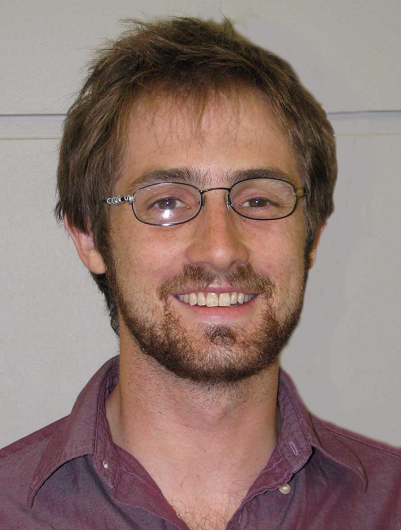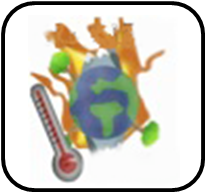2010-2011 Fellows
|
 |
Michael Cannamela Degree Sought : Mechanical Engineering
Research Focus: Computational Modeling of a DC Arc Plasma Torch
School Name : Bigelow Middle School, Newton
Teaching Partner: Brendan Hayes
Michael's Project GLACIER Site
|
The dominant industrial process for application of thermal barrier coatings to e.g. gas turbine blades is the plasma spray process, wherein a ceramic powder is injected into a hot plasma discharge. The powder melts and impinges on the area to be coated, where it sticks and freezes. Though the process is well-established, the coatings applied are subject to substantial variation in properties owing in part to fluctuations in the plasma torch. The dynamics of the plasma arc are difficult to study, both experimentally due to the extreme conditions present there (temperatures in excess of 10000 Kelvin) and analytically because of the intricate physical processes at work; fluid dynamics, electromagnetism, chemistry, and two-temperature thermodynamics all couple to one another in a fiendish puzzle of electric fire. Still, understanding the dynamics of the plasma arc is an important component in our efforts to improve sensing and control of the coating process, and a computational approach is challenging but tractable. My thesis work will comprise the construction and validation of a model that will predict the arc dynamics and provide insight into process variation. |
Example of how my research is integrated into my GK-12 experience:
Plasma physics and computational fluid mechanics are not topics amenable to direct presentation in a middle school earth science classroom. However, there are plenty of fundamentals to cover and for me that's an opportunity to introduce tools and methods that I use, as well as offer enriched content from specialized areas when appropriate. I introduce my computational toolset and set up hands on activities for the students either by bringing in objects from my lab or collaborating with my teacher to build scientific devices for the students' use. So far, we've created activities targeting visual observation and inference skills, demonstrated the use of a modern programming language in an activity on topographic maps, presented the plasma torch to the students for hands on deconstruction of its operation, and conducted a survey of the schoolyard topography. In the future, we'll study heat transfer contextualized in terms of application to climate change, and learn about the basics of plasmas when we study astronomy.
|
|


 Sponsored by the NSF GK-12 Program
Sponsored by the NSF GK-12 Program





 Sponsored by the NSF GK-12 Program
Sponsored by the NSF GK-12 Program


